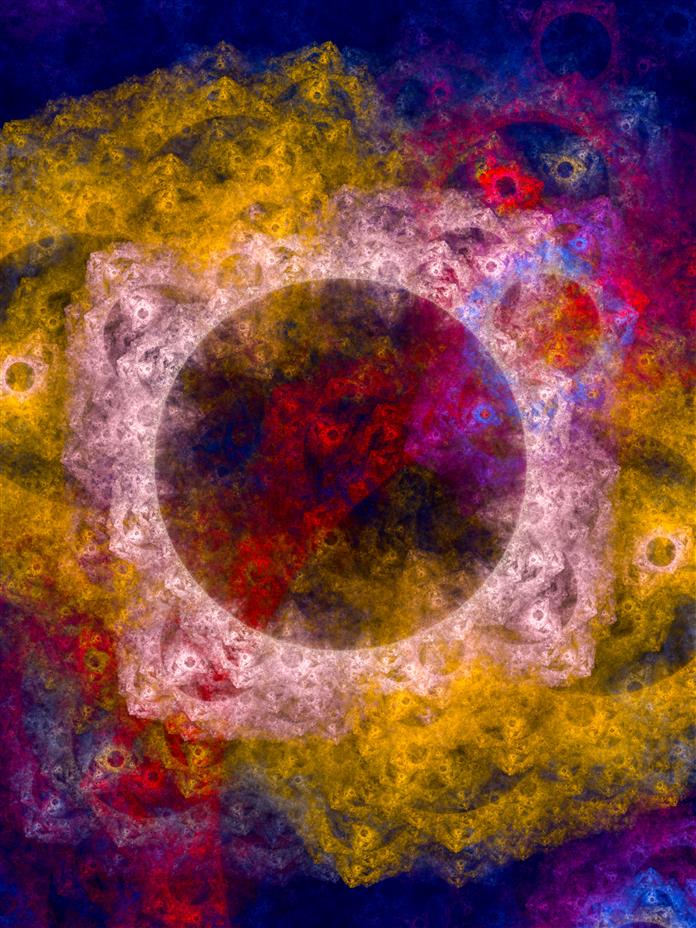
Tap to Read ➤
Natural Teeth Whitening Techniques
Parul Solanki


Easy and readily available, natural teeth whitening solutions can help reduce the ugly yellow stains and the discoloration that are the result of improper dental hygiene, smoking, and food habits. Read the following story for more details.

Sparkling white teeth and a million dollar smile is what everyone yearns for. However, teeth discoloration caused due to smoking, food habits, and bad dental hygiene can play spoilsport to your million dollar smile. While dentists can help whiten and brighten our teeth, not many of us can afford spending thousands of dollars on these professional treatments. Here are some natural teeth whitening tips, that will help you attain that pearly smile without pricey cosmetic dentistry treatments.

How You Can Whiten Your Teeth Naturally

Use of Baking Soda
Sodium bicarbonate, or baking soda as it is commonly known, is an alkaline powder whose molecules interact with the teeth stains, and remove them. This chemical has been used extensively in toothpastes for cleaning the teeth, removing the stains, and reducing the bacteria.

However, if you want to use the baking soda treatment at home, then mix a small amount of the chemical with your toothpaste, and brush your teeth. One age-old teeth whitening technique is the use of baking soda with salt or apple cider vinegar. It removes the plaque, and kills the bacteria.

Like all natural teeth whitening methods, use of baking soda too has its set of downsides. The abrasive nature of baking soda wears off the teeth enamel leaving it weak and damaged with frequent use. It can also irritate the gums, and result in painful gum infections.

Use of Lemon Juice and Peels
One of the simple solutions is the use of lemon juice and peels. The citric acid in the lemon peels and juice has natural teeth bleaching properties. It contains natural lightening components. Brushing your teeth with lemon juice or rubbing the peels across the teeth can help reduce the stains on the teeth.

It is important to keep in mind that the strong citric acid in lemon can cause quite a bit of damage to your teeth. It can destroy the teeth calcium, damage the teeth enamel, and foster tooth decay. So, lemon peels and juice should not be used frequently.

Use of Hydrogen Peroxide
Using teeth whitening agents such as hydrogen peroxide to remove the teeth discoloration is one of the best methods. You may gargle with hydrogen peroxide by swishing it around your mouth, and then you may rinse your mouth with cold water. Although this is touted as being a safe method, there is a possibility that it may cause tooth sensitivity and gum infections in the long run.

Use of Wood Ash
Hardwood ash contains potassium hydroxide which acts as a bleaching agent. Brushing your teeth with wood ash helps in reducing teeth discoloration. It also helps whiten the teeth. However, it is important to keep in mind that long term potassium use can harm the teeth enamel.

Use of Strawberries
Mashed strawberries are rubbed over the teeth to remove the ugly teeth stains. The malic acid present in the strawberries helps in bleaching the teeth and removing the discoloration as well. However, with the use of strawberries, it is best to watch out for the wear and tear of the teeth enamel and the tooth decay caused by the natural fruit sugar components.

Crunchy Vegetables
Crunchy vegetables like carrots, cucumber, broccoli are good for your body as well as teeth. They help reduce the teeth discoloration to quite an extent. They help remove the plaque and tartar, and restore the white shine to your teeth. Moreover, unlike other methods, there are no side effects associated with this method.

It is important to keep in mind that some of these homemade teeth whiteners may prove to be harmful for teeth. So, you should use these teeth whitening products in moderation. Following proper dental hygiene and improving the eating habits can help keep your teeth sparkling white, healthy, and strong.

Disclaimer: The information provided in this story is solely for educating the reader. It is not intended to be a substitute for the advice of a medical expert.